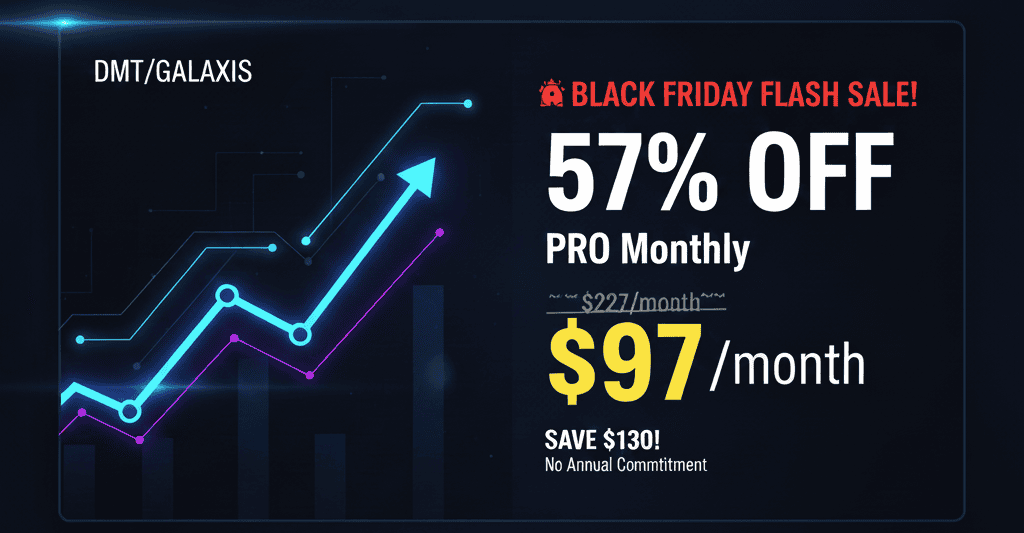Best Features of Interactive Narrative Tools
The best features of interactive narrative tools significantly enhance user engagement and storytelling effectiveness. These tools allow marketers to create compelling, immersive experiences that can drive customer interaction and retention.
Audience Engagement Metrics
Effective interactive narrative tools provide robust audience engagement metrics. These metrics help you track user behavior, preferences, and interactions within the narrative. Key performance indicators (KPIs) include click-through rates, completion rates, and time spent on each segment of the story. For instance, a study by HubSpot revealed that personalized content can lead to a 42% higher conversion rate compared to non-personalized content . By analyzing these metrics, you can refine your narratives for better impact.
Storytelling in Digital Marketing
Interactive narratives are revolutionizing digital marketing strategies. They enable brands to tell their stories in an engaging format that encourages active participation from users. This approach not only captures attention but also fosters emotional connections with the audience. According to research by Nielsen Norman Group, users are 70% more likely to remember information presented through stories than through traditional advertising methods . When selecting an interactive storytelling tool, prioritize those that offer multimedia integration options such as video, audio, and images to enrich the user experience.
Gamification in Content
Gamification is another standout feature of effective interactive narrative tools. Incorporating elements like branching story paths and rewards systems increases user motivation and engagement levels. A report from Gallup indicates that gamified experiences can boost user engagement by up to 50% . Look for platforms that allow customization of game mechanics based on your target audience’s interests and behaviors.
Checklist for Choosing Interactive Narrative Tools
- Engagement Metrics: Ensure the tool provides comprehensive analytics.
- Multimedia Integration: Check for support of various media types.
- Gamification Features: Assess available game mechanics.
- User Feedback Systems: Look for tools offering real-time feedback capabilities.
- Customization Options: Evaluate how adaptable the tool is for different audiences.
Adaptive Learning Technologies
Adaptive learning technologies are becoming integral in crafting tailored experiences within interactive narratives. These technologies adjust content based on user interactions and preferences, ensuring a personalized journey through the narrative. A study published by Educause found that adaptive learning systems improve learner outcomes by 30% when compared to traditional methods . When choosing a tool, investigate its ability to adapt content dynamically based on user choices.
FAQ
What are the most effective features in interactive narrative tools?
Effective features include audience engagement metrics, multimedia integration capabilities, gamification elements, and adaptive learning technologies.
How do these tools improve user engagement?
They enhance interactivity through personalized experiences that resonate emotionally with users.
Which platforms offer the best interactive narrative capabilities?
Platforms like Twine and Inklewriter are known for their strong storytelling functionalities.
What should I look for when choosing an interactive storytelling tool?
Focus on analytics capabilities, media support, customization options, and adaptive learning technologies.
How can I leverage these features for better customer experience?
By utilizing data-driven insights from engagement metrics and tailoring narratives accordingly, you can create more impactful customer journeys.
To maximize your use of interactive narrative tools:
- Regularly analyze engagement metrics to refine content.
- Experiment with different multimedia formats.
- Implement gamification strategies where applicable.
- Stay updated on emerging trends in digital storytelling technology.
By actively monitoring these aspects over time—ideally monthly—you will cultivate stronger relationships with your audience while enhancing overall brand loyalty.
